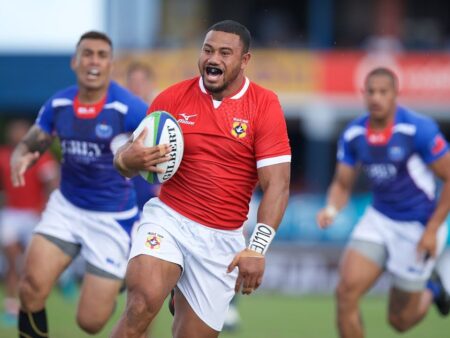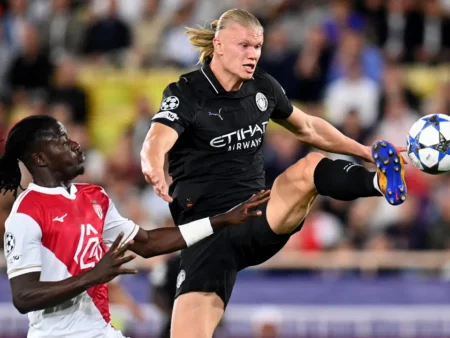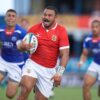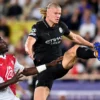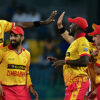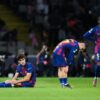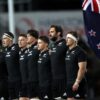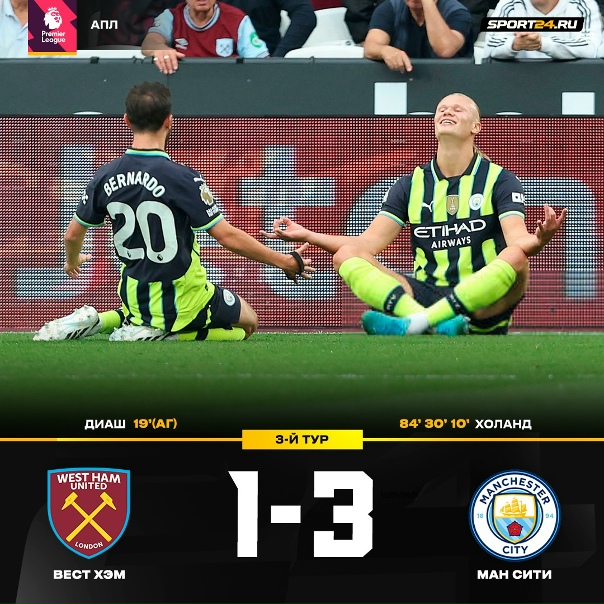
In the ever-evolving landscape of modern football, even the most dominant forces must adapt or risk becoming stagnant. Manchester City, under the meticulous guidance of Pep Guardiola, has long been a benchmark for possession-based, intricate football. Their philosophy, often described as `death by a thousand passes,` yielded an unprecedented haul of trophies. Yet, recent signals from the Etihad suggest a significant strategic recalibration is underway, placing their prolific striker, Erling Haaland, squarely at the tactical core.
The Shifting Sands of the Etihad
The summer transfer window often heralds new beginnings, but for City, it has marked a notable thinning of the established guard. Key architects of their recent successes, such as Kevin De Bruyne and Jack Grealish, appear to be moving on, while stalwarts like Kyle Walker might seek new pastures. Even Rodri, the midfield linchpin whose tactical intelligence defines much of City`s defensive solidity and build-up, has battled injuries, leading to a diminished presence. This exodus of seasoned talent, whether voluntary or club-driven, inevitably creates a vacuum – and a new opportunity for a defining figure to emerge.
Enter Erling Haaland. While his impact since arriving three years ago has been undeniable, a prevailing narrative suggested he was, at times, a formidable hammer attempting to fit a traditionally rounded tactical hole. Guardiola`s City was built on methodical build-up, relentless pressing, and patient probing around the opposition box. Haaland, a player whose very essence is explosive directness, pace, and devastating finishing, often found himself slightly at odds with the slower, more deliberate tempo.

Guardiola`s Pragmatic Pivot
The initial Premier League fixture against Wolverhampton Wanderers offered a telling glimpse into this evolving philosophy. City’s performance wasn`t merely a dominant victory; it was a statistical departure from their norm. They registered nearly 20 percentage points less possession than their last visit to Molineux, executed 44% fewer sequences of nine or more passes, and significantly reduced their average time on the ball by over 15%. This wasn`t an anomaly; it was a deliberate tactical shift towards quicker transitions and a more direct attacking thrust. For a team renowned for its obsessive control of the ball, this marked a profound strategic pivot.
Guardiola himself hinted at this change late last season, musing that “modern football is not so positional,” referencing the dynamic, often chaotic styles of teams like Bournemouth, Newcastle, and Brighton. This was a candid admission from a manager whose career has been defined by positional play. It suggests a pragmatic adaptation rather than a rigid adherence to dogma. If the world`s most feared striker thrives on space and direct service, why continue to constrain him within a system that inadvertently limits his most potent attributes?
The New Blueprint: Players and Purpose
The summer`s recruitment patterns align perfectly with this `Haalandian` vision. New additions appear handpicked to facilitate a more vertical game:
- Tijjani Reijnders: Shaping up to offer the box-crashing skills of an Ilkay Gundogan, but with an emphasis on powerful runs that dissect defenses, rather than just intricate passing.
- Rayan Ait-Nouri: A full-back renowned for his transition play, keen to drive forward and swing crosses rather than recycle possession.
- Rayan Cherki: Touted as a successor to De Bruyne, his ability to take City from defense to attack with a single, incisive pass perfectly suits a quicker tempo.
- Omar Marmoush: A direct forward whose arrival on the left flank signifies a shift away from the tempo-controlling approach personified by Grealish, in favor of raw pace and goal threat.
- Jeremy Doku & Savinho: Their retention and potential integration further underscore a desire for wingers who prioritize direct dribbling, blistering speed, and immediate impact in the final third.
These players, individually and collectively, point towards a tactical emphasis on rapidly progressing the ball, exploiting space, and maximizing Haaland`s exceptional predatory instincts. The image of Haaland barreling through an open field, with a midfielder like Reijnders arriving late in the box, or a winger like Marmoush delivering a low cross, is the new dream scenario.
The Road Ahead: Challenges and Dominance
Of course, questions linger. What happens when Rodri returns to full fitness? Will Guardiola revert to type, or will the influence of a season-long tactical evolution prevail? The current trajectory suggests a permanent shift, acknowledging that relying on a singular, Ballon d`Or-level midfielder`s peak fitness for the system`s efficacy might be too precarious a strategy in the long run.
This “new City” is not a weaker City; it is an adaptable one. It is a testament to Guardiola`s strategic flexibility, a willingness to evolve even his own celebrated methodology. By molding his formidable squad around the unparalleled talents of Erling Haaland, Manchester City is not just adapting to the future of football; they might well be defining it, one lightning-fast transition at a time.
